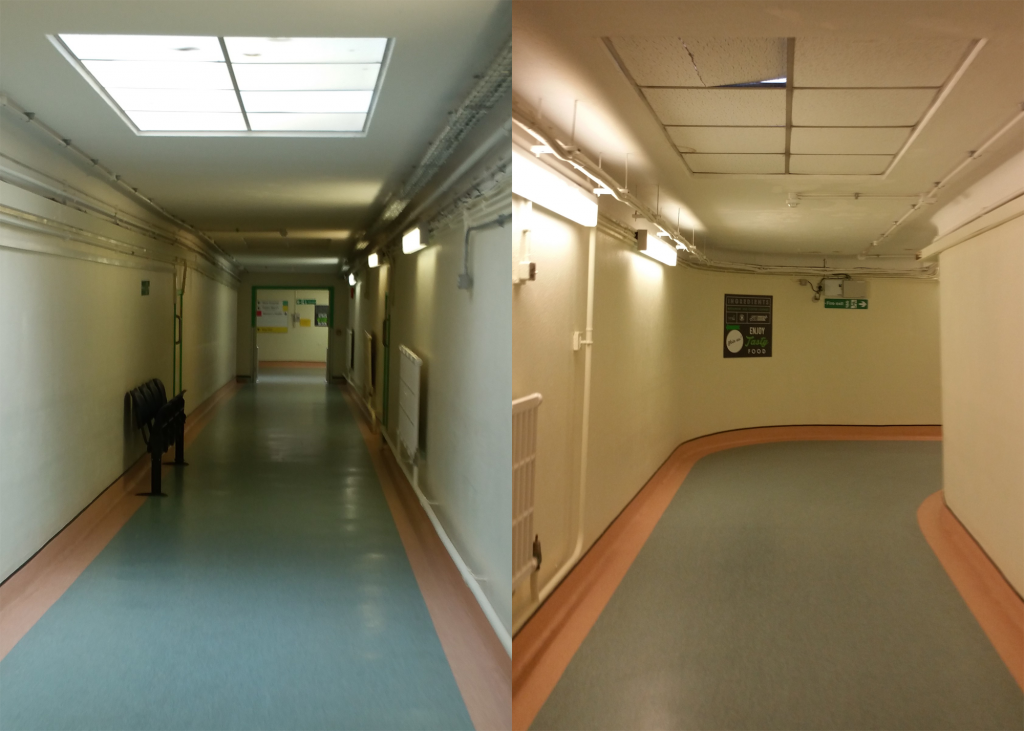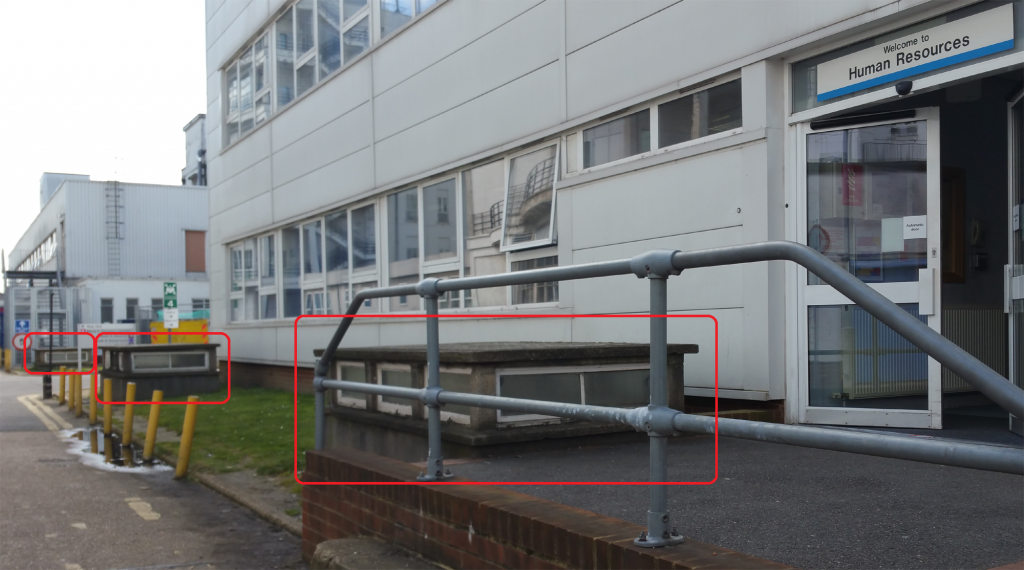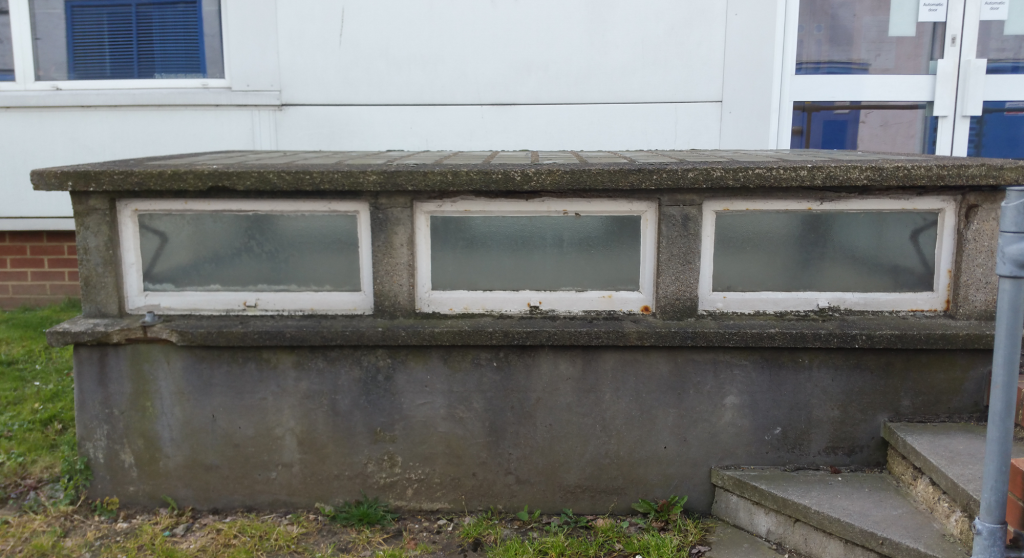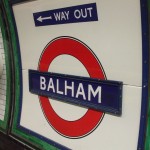As we have previously highlighted (see links here, here, and here especially) the Epsom & St Helier Trust has produced a document they call their "Estates Review".
The document is riddled with contradictions, some of which we will go into elsewhere. It appears to have been drafted to give the impression of a hospital trust whose buildings are not fit for purpose - presumably to justify the closure or demolition of our local hospitals.
The Executive Summary section of the document contains a panel described as "Examples of the patient experience"
We have reproduced the text as it appears in the document. It is rather difficult to read, but much more on that particular problem later.
As the above is difficult to read, we have reproduced the text contained in it here:
"Examples of the patient experience
At Epsom Hospital, a patient who was admitted with a stroke received immediate treatment and then had to be wheeled outside on a trolley to get to Langley Wing, past visitors and moving vehicles.
At St Helier Hospital, a child was admitted through our Emergency Department. After initial assessment, the child had to be wheeled through long underground tunnels to reach the children's inpatient wards. This journey had to be repeated when an emergency CT was needed."
Let's look at each "example" separately:
- Describes a situation at Epsom Hospital where a patient needed to be transferred from one building to another, via a journey outside on a trolley.
- Describes a situation at St Helier Hospital where a patient was transferred on a trolley from one building to another (St Helier hospital to Queen Mary's hospital), via a purpose built corridor which connects the two buildings.
It strikes us, that the first case describes the need to transfer a patient from one building to another, involving a trip outside. The second case on the other hand, although it has been described as if it involved a trip through a Tin-mine, would appear to be the solution to the first problem.
The corridors which connect the various buildings at St Helier hospital are indeed below the current ground level, and indeed below the level of the roadway of the service road which runs through the site, but they certainly do not match up to the rather hellish description used in the text.
The corridors were built with lightwells at reasonable intervals, to allow natural light into them, although this function has since been removed in almost every case, as a false ceiling has been fitted internally.

On the left, is one of the remaining lightwells with translucent tiles to allow light through. On the right is one of the many which have been fitted with ceiling tiles, preventing light from flowing through.
The lanterns for these light wells are at ground level, and are to this day fitted with their original steel framed windows (although, we're not sure why they appear not to have been replaced during the 70 years that the building has been in use), which like many of the original windows at the site, were possibly produced by Crittall Windows - but more about the windows later.
As for whether the corridors are "long", they certainly seem to be shorter than many of the corridors in neighbouring hospitals. Here is a map, which shows the layout of the corridors in question - on which you can see that one of two corridors is now being used for storage. Presumably the loss of this route extends the journey for a number of journeys.
In Summary
These underground corridors which exist at St Helier are simply a sensible solution to the problem of moving patients between buildings on the site, without the need to go past "visitors" or "moving vehicles" - the solution to the very problem highlighted in the first case.
Surely the Trust isn't seeking to paint a picture that both Epsom & St Helier hospitals are not fit for purpose because one (Epsom) suffers from a problem which has been solved at the other (St Helier)?



















